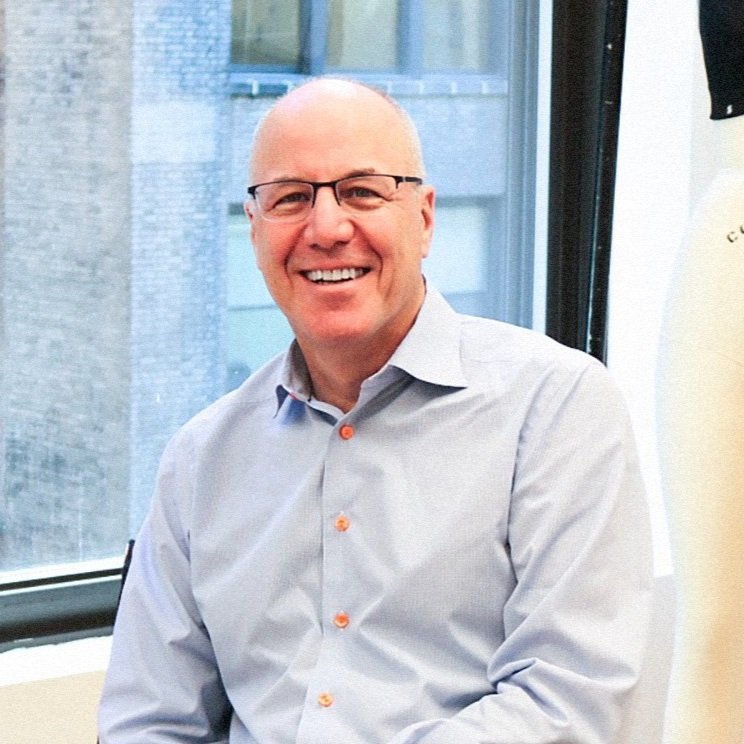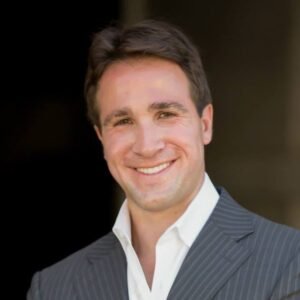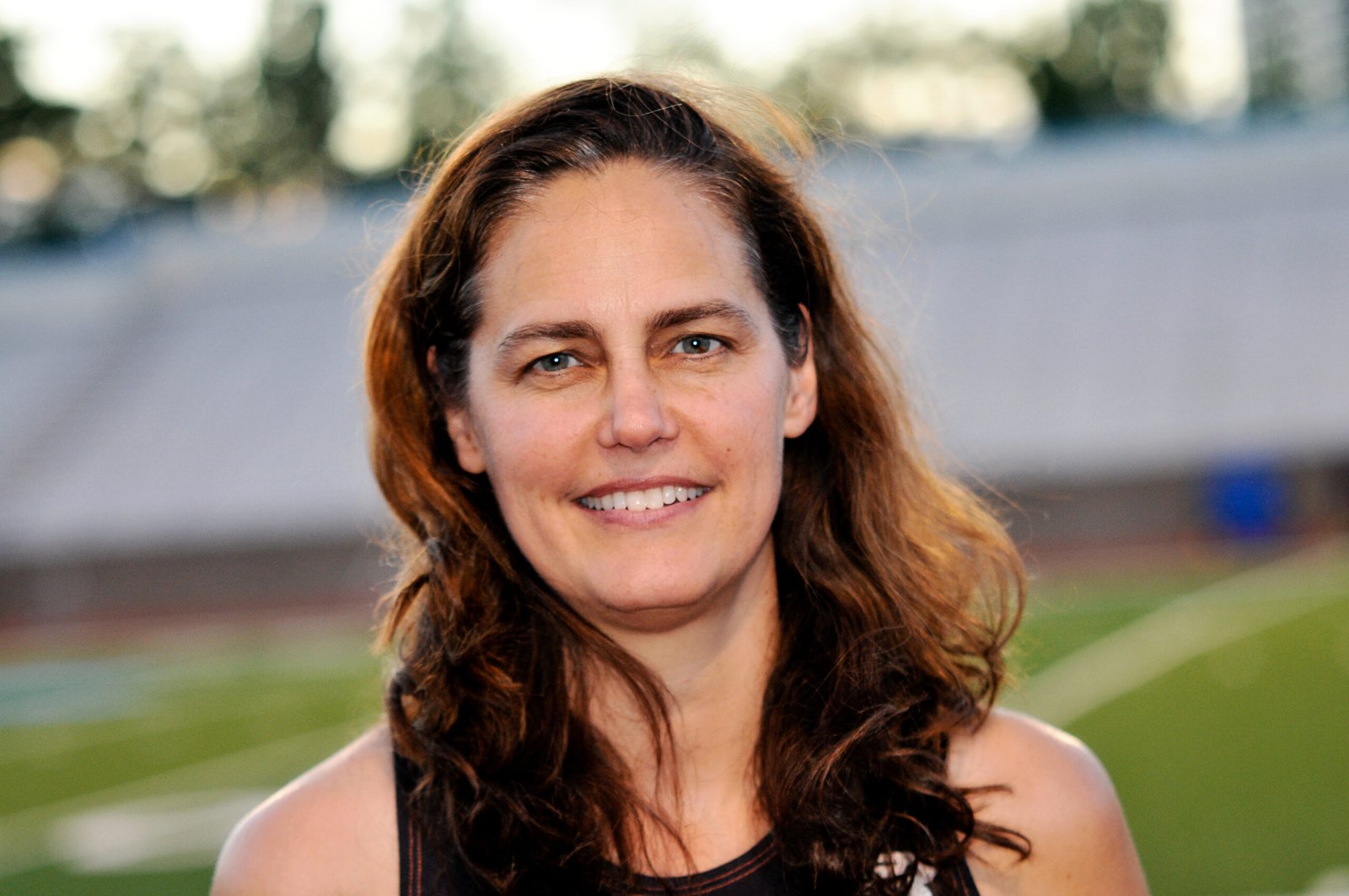I recently went one on one with Jon Pundyk, CEO of Glamorise.
Adam: Thanks again for taking the time to share your advice. First things first, though, I am sure readers would love to learn more about you. How did you get here? What experiences, failures, setbacks, or challenges have been most instrumental to your growth?
Jon: I started my career at Procter & Gamble in their brand marketing program. From P&G, I went to Booz-Allen and worked in their strategy consulting group focused on retail growth strategies. Originally, I came to Glamorise as a way to combine my interest in product-based brand marketing and corporate strategy.
What I didn’t fully understand until I started at Glamorise was its mission and how it permeates every aspect of the business. Glamorise is likely the country’s first size-inclusive brand — focusing on curvy women since 1921. This is a legacy we are proud of. Glamorise is obsessively focused on making our consumers’ lives better in a small but important way. Making a great bra in a full-size range is very difficult to do; there are no shortcuts, and it takes real skill and experience. As a team, we live this dedication daily — it’s not a hollow mission statement — it comes from a century-long tradition that we continue today.
When I came to Glamorise more than 30 years ago, one-third of the business was private label, we produced domestically, we sold catalog merchants, and the product line was rather narrow. Today, we are a 100% branded company, produce globally, have a broad product line, and sell at most major global/internet retailers.
The road from one state to another may seem obvious, but when I arrived, the company was very profitable, it was growing, and everything seemed fine. From a strategic point of view, I felt we had to change (and proved to be right). It is very hard to motivate an organization to change without an obvious reason. For example, making adjustments during Covid took no time to gain organizational buy-in; the threats were obvious to all. When you have a successful business that you want to change, the process is much tougher.
To be honest, I didn’t have perfect clarity on how to do this but had a strong conviction of where we needed to go. Over time, I realized that by weighing urgency (Do I have time to wait?), process time (How long will the change take?) and cultural value (How important is it to the organization?) I could follow a change strategy that addressed different aspects at different times. The full transition took more than a decade.
Adam: In your experience, what are the key steps to growing and scaling your business?
Jon: As an ex-Procter & Gamble manager and an ex-consultant, I am a big believer in strategic planning. Our company does a year-end analysis of our strategic progress and makes multi-year plans based on our analysis every year. Most companies have annual budgeting processes and build sales plans. This is important, but not the same exercise. Our process focuses on fundamental changes in the world and how we can best compete. We evaluate where we need to invest, where we can grow, and especially areas we should de-emphasize.
For example, when I first came to Glamorise we had a decent and highly profitable private-label business. I felt this was a strategic mistake to keep this business. First, private label businesses reward manufacturing scale, which we didn’t have. Second, as a small business selling to large retailers, we had tenuous leverage and low pricing power. And third, private-label businesses are inherently low margin. What is the problem with sticking with such a business while you’re still making money? Without strategic clarity, organizations tend to over-invest, or worse stick with a declining business too long. Also, companies tend to continue developing skill sets for a business without a future.
If you look at our strategic plan from a decade ago, you will see we followed it closely to get where we are today. That doesn’t mean we didn’t get things wrong. We got plenty wrong. But that is why we do the analysis every year — to reassess and to course-correct. We also grade our execution: Maybe the direction was right but we didn’t follow the plan. Strategic planning isn’t a cure-all — execution really matters. But I don’t know how to be successful long term without a strategic planning process.
Adam: What do you believe are the defining qualities of an effective leader?
Jon: There are so many forms of leadership and so many organizational cultures that I don’t feel there is any one best leadership type. But, I do think all effective leaders need a clear vision of the future, have the ability to articulate that vision in ways large and small, be open to input from inside and outside the organization, and have the organization’s respect.
This last piece in many ways can be the hardest. Respect is hard-won, and it is never just about competence. In my view, there has to be a core of empathy to every leader to really gain respect, regardless of personal style. Without empathy — and an expression of understanding — leadership falls under the weight of he or she “just doesn’t understand.” It is extremely difficult to execute a vision if well-intentioned people feel their leader just doesn’t get it.
Adam: How can leaders and aspiring leaders take their leadership skills to the next level?
Jon: It may sound funny, but I think it helps to keep a humble perspective. I am constantly trying to learn how to be a better manager. I ask for feedback a lot from the people I manage. Everyone on my team has heard me say “You won’t hurt my feelings, tell me if you think this is not smart.” I ask questions such as “How would you handle this?”, “Do I understand this well?”, “Do you think I am being fair”, “Tell me if I got this wrong.” This kind of feedback can be invaluable. I actively try to set up an environment where people can give me real-time feedback and it is considered safe. For example, when one person begins a response “with all due respect…,” we all know the person is about to set me straight. We’ve evolved to a place where you can tell the boss he’s lost the plot and almost automatically everyone starts to laugh.
Adam: What are your three best tips applicable to entrepreneurs, executives, and civic leaders?
Jon: Glamorise is a relatively small organization. I don’t know much about the challenges of running bigger organizations. For those of us who are responsible for more modest groups, I do have one idea I’d like to share. We actively run Glamorise as a kind organization. When we are making decisions, it is not uncommon for us to say we think one answer might be kinder than another. As I say that, I can imagine people rolling their eyes, but it is actually a powerful idea. People in our organization know we are always trying to do the right thing in the right way. People may question our decisions, but they never question our motives.
It doesn’t mean there are no bad outcomes. And sometimes people stumble on hard decisions because they feel badly for a person, which is understandable. But I tell my teams we need to be a successful company to be able to be a kind company. So we make the tough calls when we have to, but we still hold kindness as a corporate goal.
Adam: What is your best advice on building, leading, and managing teams?
Jon: I think being absolutely straight-talking at all times is crucial. Clarity saves time and avoids all kinds of problems. Clarity doesn’t mean you have to offer 100 percent transparency or give real-time feedback. Discretion always matters, and time often allows better understanding. In practice, I’ll say “I am not sure” or “I need more time to understand this” or a phrase I use a lot: “I don’t have clarity on this yet.” Straight shooting also means you have to own your mistakes — clearly, loudly, and without including anyone else. Much better to say “I got this wrong” than leave it unsaid. We try to reward people changing their minds as they figure something out. I often say “I never feel badly when we get smarter.” What better way than to lead by example?
Adam: What are your best tips on the topics of sales, marketing, and branding?
Jon: Libraries have been written on those three topics, so I am not sure where to begin. But I guess the way I think about all of it is to know “why your company is on this planet.” It sounds grand, but it is really fundamental — what do you do that uniquely benefits your customer? If you don’t have a great answer to this, you will have a hard time being successful long term. This fundamental truth operates regardless of whether you are a service business, a product business, a consumer business or B2B.
Adam: What is the single best piece of advice you have ever received?
Jon: I’m going to go with a small one here, and I only got this advice recently. If you are having a non-productive day for whatever reason, before you end your day, pick one thing (even a small thing) and get it done. A friend of mine who is a CEO of a Fortune 500 company told me that advice this year, and my response was I wish you told me that long ago. So I pass it on.









